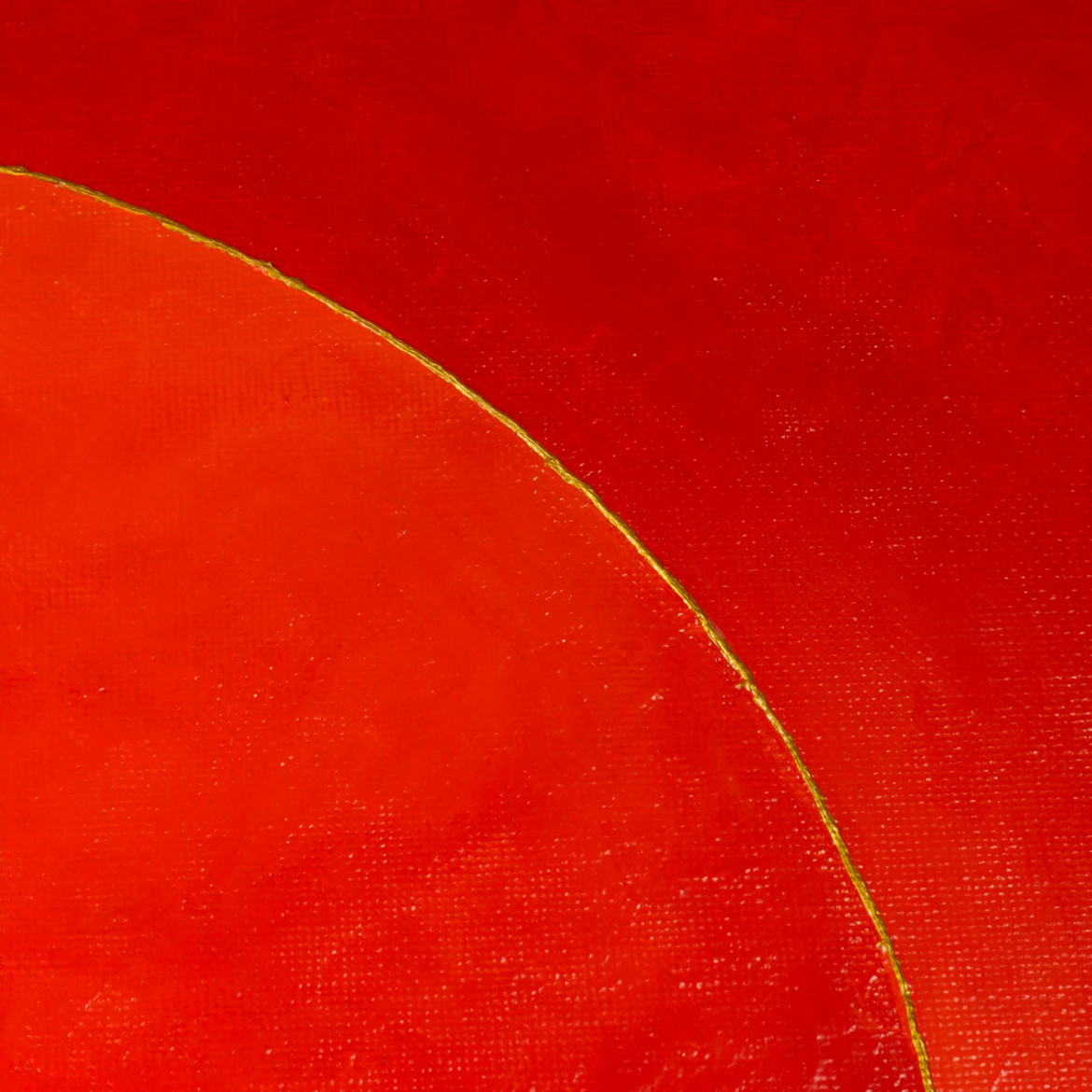Psychotronic Art
The nature of this art embraces both esthetical and functional. The deep impulse lays within its pursuance of the forms order and revealing of the inner symmetry. This impulse is intended to harmonize internal and external space, to bring micro and macro levels of consciousness into compliance, and thereby to affect the work of matter —
the human body in particular. Many of Andrei Siderski’s paintings are created in response to features and needs of a specific person and are targeted at activation or neutralization of some processes.Basic geometric forms —
dot, line, circle, triangle and square —
have concrete symbolic meanings, featuring the manifestation of the principal energies. Forming into more complicated configurations they activate specific powers and aspects related to birth, growth, dissolution etc. The color plays a special role by revealing the frequency of the light vibration and in a certain manner influencing the human conciseness. The yogic system has a profound knowledge as to the origin, nature and performance of space and light structure. A fundamental difference of the author’s artwork from the most of the modern abstract art is in the exact knowledge based on the practice in the field of consciousness and its energy. His art goes beyond the frameworks of definitions and terms that in the modern world constrict an artist and his creations. It revives a tradition once being the man’s lifework, integrating such fields as metaphysics, art, mathematics, astronomy, medicine etc., which nowadays appeared to be at the opposite sides of the abyss of ignorance. It finally leads us from a fragmented sight to the dimensional vision wherein we stop perceiving ourselves as isolated individuals, but feel ourselves as a part of the whole and realize all its potential inside us. (from the article "The art of inner harmony" by Evgenia Emets about artworks by Andrei Siderski, written after the exposition "The geometry of Enlightenment" in the Elena Vrublevskaya Gallery, February 2008)


